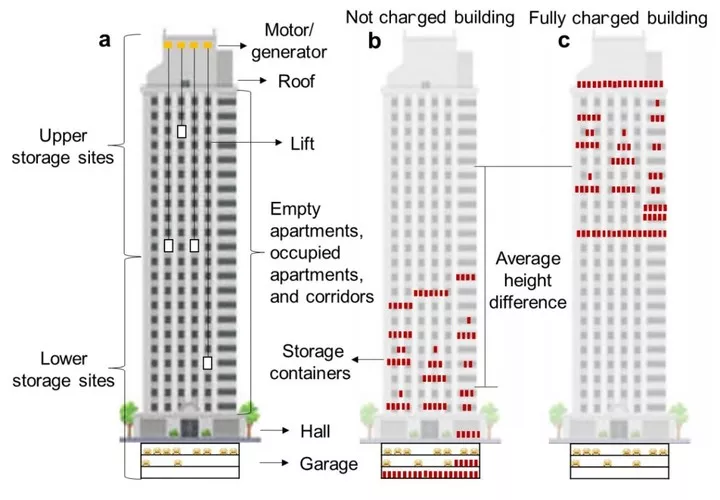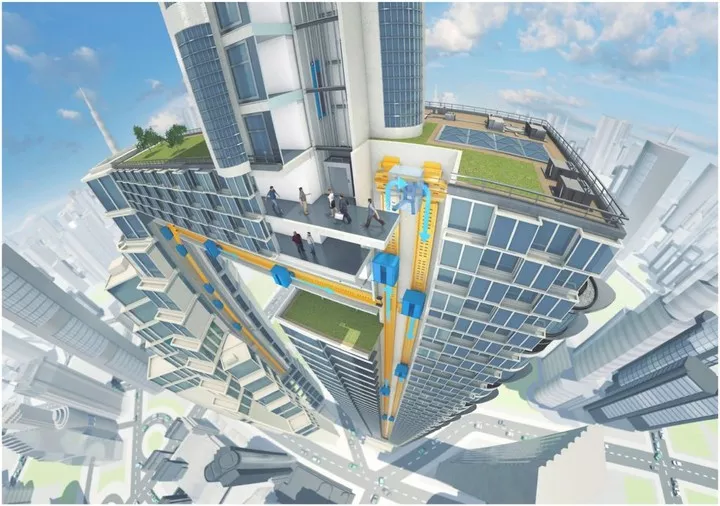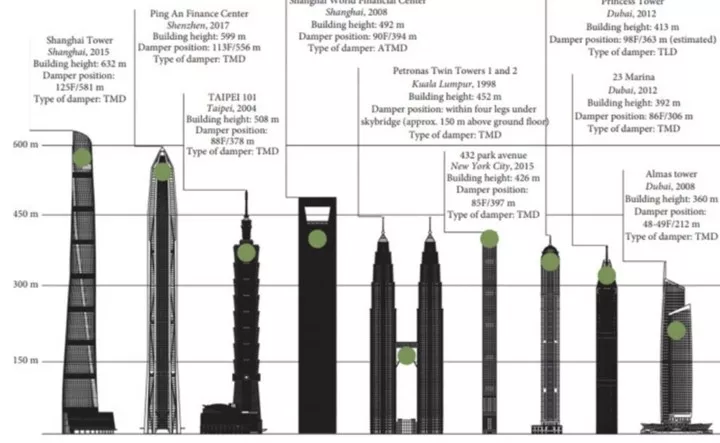
In recent years renewable energy has become an increasingly important part of people's lives, with a gradual shift from fossil fuels to such clean energy sources as solar, wind, geothermal and hydro energy. As good as renewable energy is, there are currently limitations that cannot be ignored, such as the storage and release of energy.
Researchers at IIASA (International Institute for Applied Systems Analysis) in Austria have come up with an ingenious solution for the production and storage of renewable energy - turning skyscrapers in cities into "gravity batteries" for energy storage.

▲ Image from: Unsplash
Buildings in cities consume around 40% of the world's electricity, yet there are not many solutions available for generating electricity in buildings, most commonly using solar power and energy storage, although there is also intermittency in the environment, so one has to consider how to store this energy as well.
While batteries or pumped hydro storage (PHS) may be the usual way to store energy, there is a way to store energy that is actually 'hidden' in these buildings. There are more than 18 million elevators in operation worldwide, many of which spend a lot of their time standing still. When an elevator is not being used to transport people, it can actually be used to store or generate electricity.

▲ Image from: Unsplash
The solution, known as Lift Energy Storage Technology (LEST, Lift Energy Storage Technology), is actually a gravity-based storage solution. Energy is stored by lifting heavy materials such as containers containing wet sand or other high-density materials that are filled remotely in and out of the elevator via automated trailer equipment.
This system requires space at the top and bottom of the building, and LEST connects two storage sites, one at the bottom of the high rise (lower storage site) and the other at the top of the same building (upper storage site).

▲ Image from: IIASA
Energy is stored as potential energy by raising an existing elevator in the building from a lower storage location to a higher storage location. Power is then generated by lowering the storage container from the upper to the lower storage location.
Formally, it is similar to, for example, pumped storage, which is also a form of gravity energy storage. More importantly, the LEST option has its own advantages in terms of its own generator system.
Because the elevator is already installed in the high-rise building, it also means that there is no additional investment or space taken up, but rather additional value is created from what is already there.

Image from: IIASA
However, this option would also require consideration of the cost of electrical capacity, such as where to place the heavy objects and robots used for power generation and storage. For this, the research team's idea could be to store them either in a hallway, in an empty apartment or office, or, if the building is planned with the system in mind, in a dedicated out-of-the-way space, such as a half floor set aside for backup near the top or bottom.

▲ Image from: Science Direct
Also, they don't have to weigh too much to prevent someone from having to ride the elevator together. The robots can also be programmed to jump out in the event that a passenger enters the elevator and will therefore exceed its carrying capacity. Algorithms can determine the most appropriate time to complete the lift operation and when to access the stored energy so that the elevator system does not become a nuisance to the occupants.

▲Image from: Science Direct
In a future where renewable energy generation is likely to become more common, distributed storage technologies like LEST will also become more valuable, flexible in their approach, environmentally friendly and not too costly. As a complement to other power supply systems, it is an option worth considering and promoting.